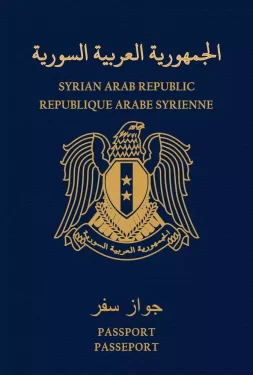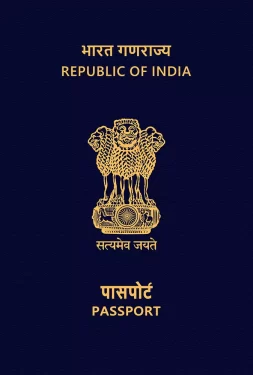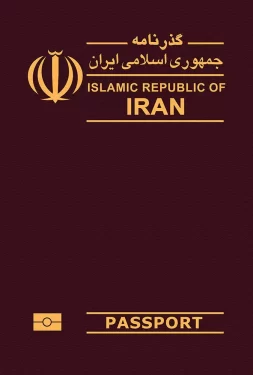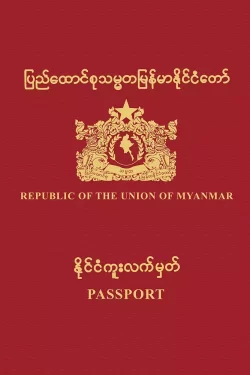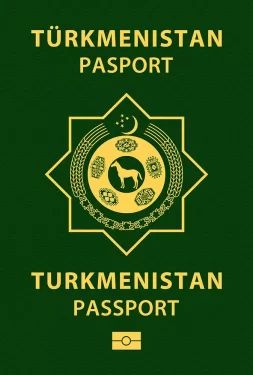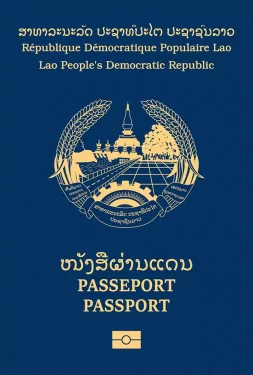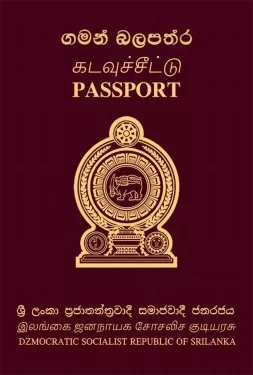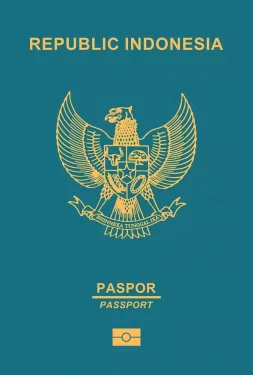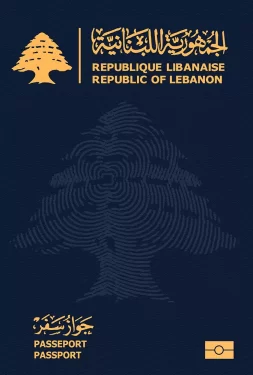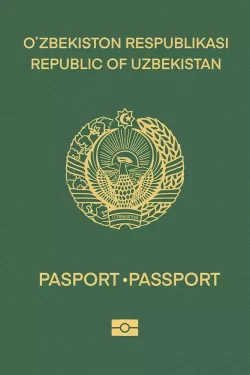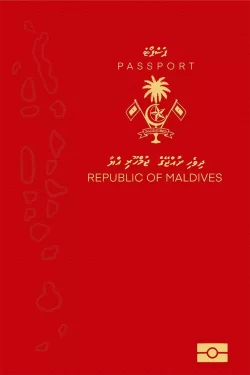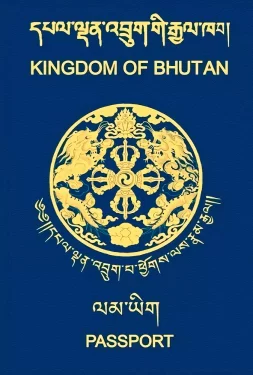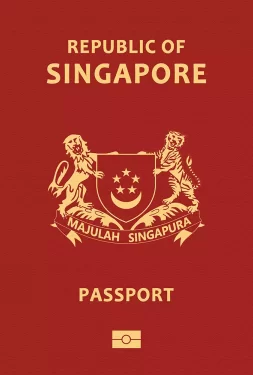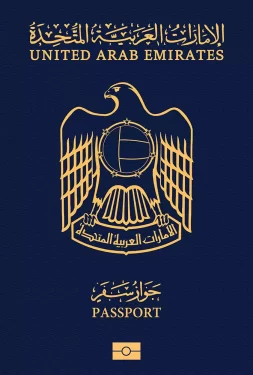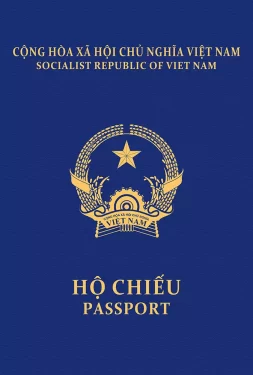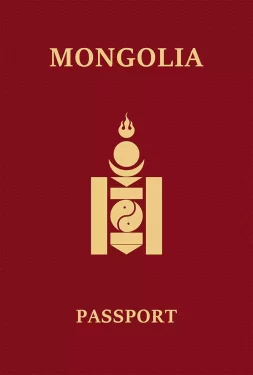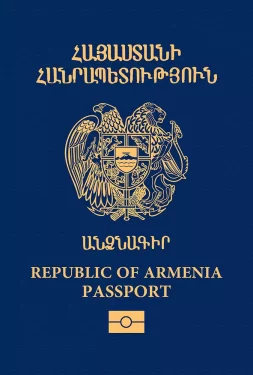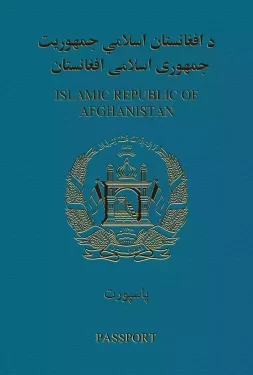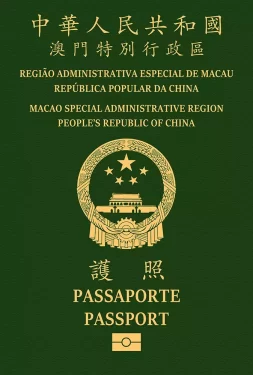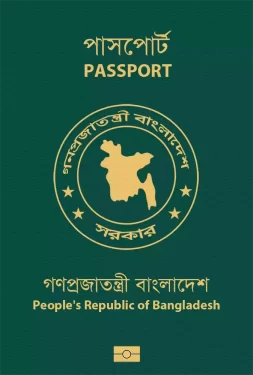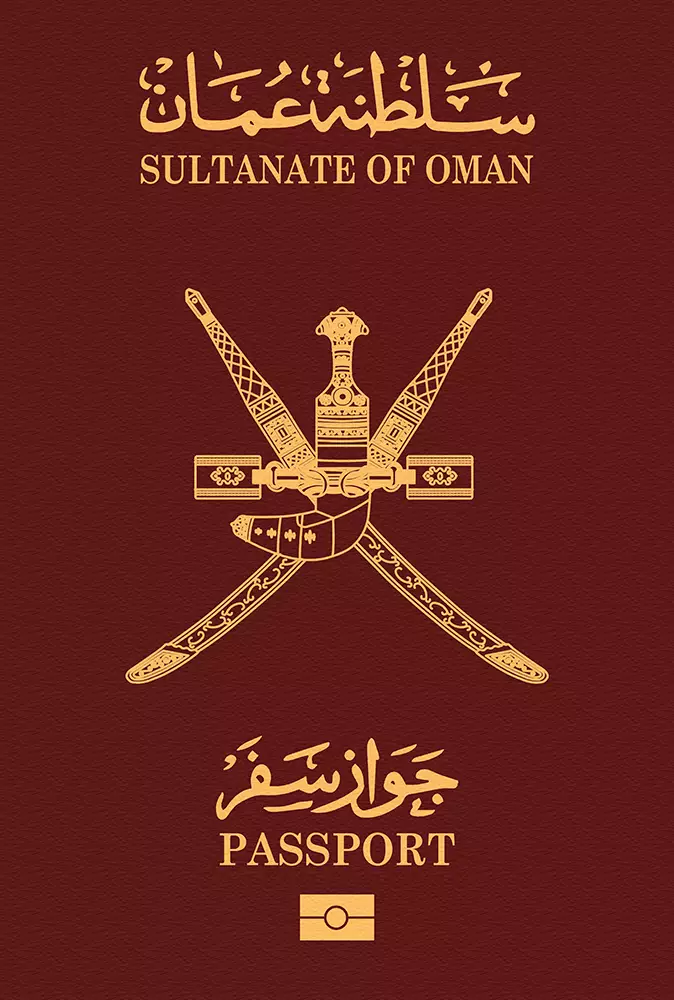

Oman
Oman passport ranking
The Omani passport is currently ranked 60th place on the Guide Passport Index. It provides visa-free access to 84 countries. Omani passport holders have visa-free access and visas on arrival to countries such as Malaysia, Singapore, Thailand and United Arab Emirates. Omani passport holders do however require a visa to enter about 145 destinations in the world. Some destinations where a visa is required are the United States and the entire European Union. This provides it with an overall medium mobility scoring.
Oman Passport Ranking
The Oman passport ranking relative to other global passports is calculated by adding up the number of countries that allow Oman passport holders to enter without a visa (i.e. visa-free countries) and those that allow Oman passport holders to enter by obtaining a visa on arrival (i.e. visa-on-arrival countries) or an electronic travel authorization (eTA). There are currently a total of 44 Oman passport visa-free countries, 34 Oman visa-on-arrival countries, and 6 eTA destinations.
Altogether, Oman passport holders can enter a total of 84 destinations—either without a visa, through a visa on arrival, or via an eTA. As a result, the Oman passport ranks 60 in the world.
Separate from these Oman visa-free countries and visa-on-arrival countries, there are 145 additional destinations which Oman passport holders either need a physical visa to enter or an eVisa (i.e. visa required countries).
About Oman
The Sultanate of Oman is an Arab country consisting of eleven governorates. It is located in the Middle East, bordering Yemen, Saudi Arabia and the United Arab Emirates. The most important governorates are Muscat, Al Batinah and Ash Sharqiyah. The country has a total surface area of 309,500 square kilometers making it the 10th largest country in the Middle East. Its climate is of the dry desert type with a summer monsoon in the far south. The terrain is characterized by mountains in the north and south and a central desert plain.
The overall population is over 4.5 million people with approximately 60% of it being foreigners. The capital of the country is Muscat, which is also the most populous city with a population of 76,344 people. Other important cities are Seeb, and Salalah. The largest airport is Muscat International Airport (MCT) with an approximate yearly passenger traffic of 14 million people. The airport is also hosting the national carriers Oman Air and Salam Air and provides access to worldwide connections.
Its culture is dominated by Islam with 86% of the population being Muslim and the official language being Arabic. The legal system is a mix of the Islamic sharia law and the Anglo-Saxon law. The government form is an absolute monarchy with Sultan Haytham bin Tariq bin Taimur Al-Said as chief of state and head of government.
The official currency of the country is the Omani Rial (OMR) with a current exchange rate of OMR 0.38 to the USD. The country has an open economy, generating a GDP of approximately $203 billion. It has a high per capita income of $47,366. Nowadays, 85% of the government income is still originating from the petroleum and petrochemical sectors. The government focuses on the development of other sources of income such as the financial and tourism sector to further reduce the dependency on oil and gas.
The Sultanate of Oman has a variety of natural and historic tourist destinations. It has a total of 5 UNESCO world heritage sites spread across the country. Some of the major destinations include Misfat al Abryeen, Masirah Island, Bahla, Salalah, Jebel Akhdar, Ras Al Jinz and the Musandam Fjords. Tourists visit the country for its warm climate, beaches, hotels, restaurants and shopping outlets. The majority of the 3.5 million yearly overnight tourists are originating from the neighboring Gulf States and Europe.
